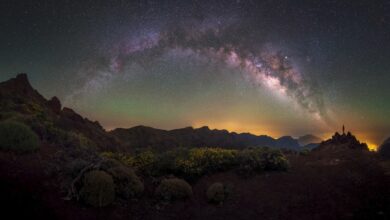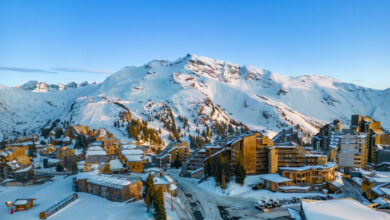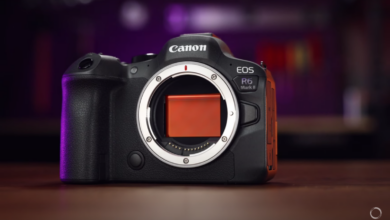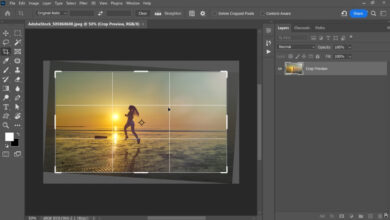Summer, July 4th and Fireworks
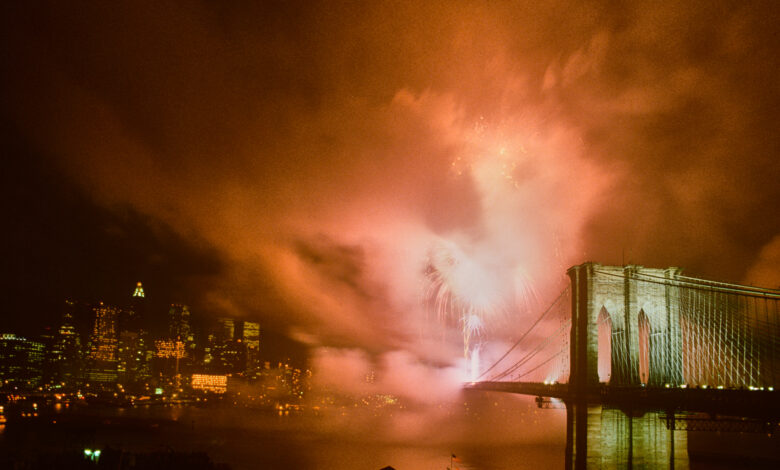
Relaunching this popular blog. A fun guide to taking great fireworks photos. Hope you find it useful – enjoy!
It’s the 4th of July. Bring hot dogs, beer, baseball, and sunscreen. Not to mention a tripod and maybe a fancy remote control.

Everyone loves fireworks. It means many things – holidays, patriotism, barbecues, friends, family. Time to relax. Time to take some pictures.
Okay, let’s make a checklist. Camera. Wide-angle zoom. Telephoto zoom. Memory card. Cable release or remote trigger, depending on the camera system, maybe radio or maybe bluetooth. (Fireworks are not the time to use internal camera triggering mechanisms like an intervalometer. You want to have complete control over the shutter and when it fires.) Spare camera batteries. Tripod. Headlamp or flashlight, or even something nice compact Maha Energy Lantern to keep handy when you come back in the dark. Bring your phone so you can keep track of exposure time. Black card. (More on that later.)
That’s most of your photography kit. What else is there to think about? Rain gear, both for your camera and yourself. You can buy fancy rain gear designed for cameras and lenses, or just use plastic bags and cloth bags. A few rubber bands to hold the bag on your camera if the wind starts to pick up. Water and energy bars. You’ll be out there for a while. Insect repellent. Comfortable clothes and shoes. The car will probably be a long way away, and you’ll be walking a lot. Advil. (Advil is always on my gear list.)
Anything to do in advance? Absolutely. Scout the location. It’s best to know what you’re going to do, where the fireworks will be launched from, what the backdrop will be. How big will the show be? How long will it last? Most fireworks shows last half an hour or less, and if you’re scrambling through the crowd looking for a spot and trying to set up in the dark, you’ll only start getting good photos when they light up the sky with a big bang and bid farewell to the year.
Yeah, next year. Most big shootings are annual events. Argh, the pressure!
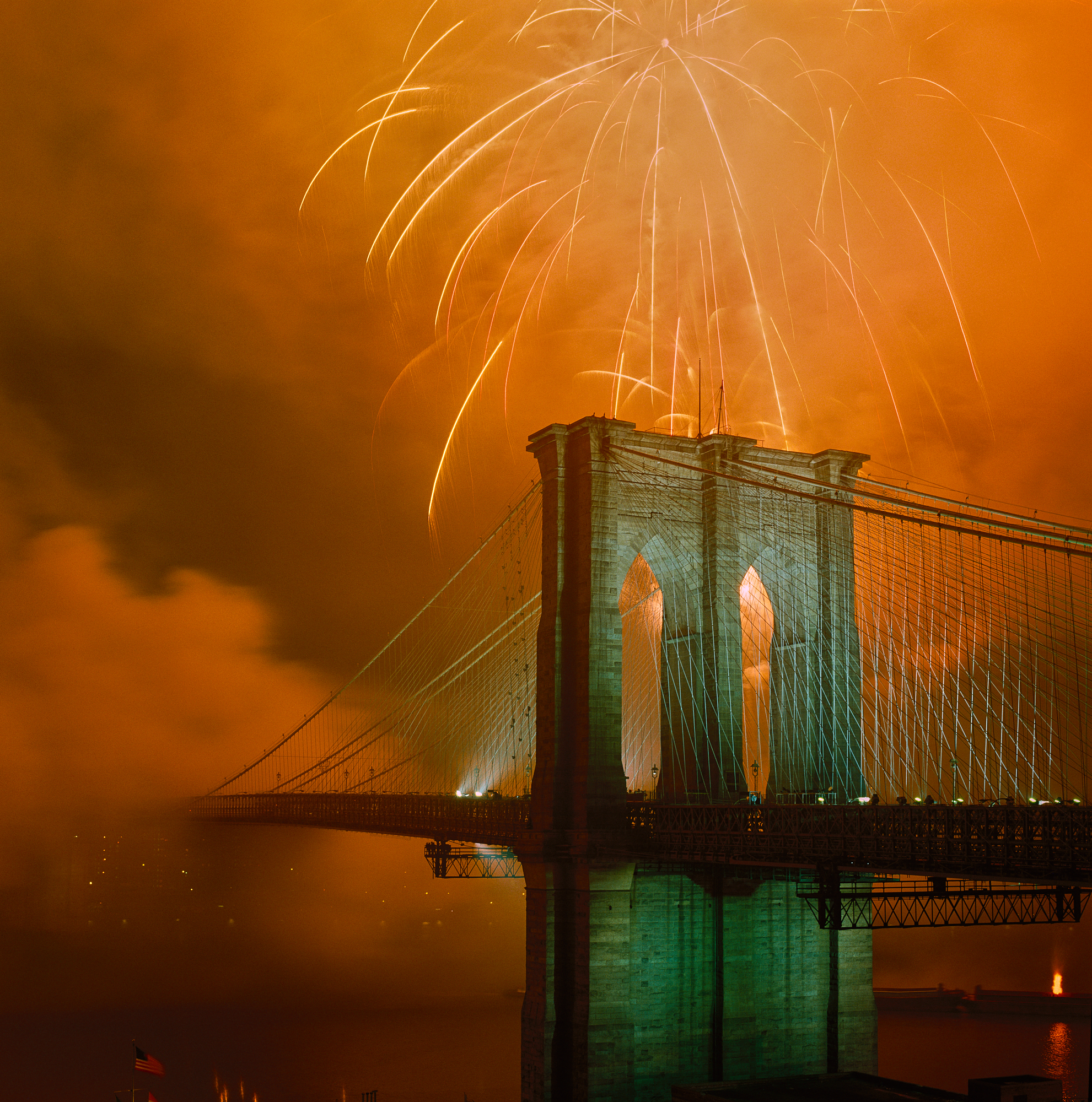
So scout. Find your spot. Get there early. I mean early. Like, be the first car in the lot. Pack a soft shoulder bag with a cooler, put a bag of ice in it, and know that in that bag is your food until late at night. For jobs like this, my music source and headphones are a must. Maybe a folding chair and a small waterproof tarp. Think about it. What could go wrong? This is a photo shoot, so the answer to that is, almost anything. Try to ensure success by visualizing the shot and the potential problems with the shot before you walk out the door.
Like, do you need a permit to set down your tripod? Do you have to call the town about this adventure? Most likely not, but in this crazy, stressful world, photographers are often considered just the opposite of repeat offenders, so it might be worth calling. And, speaking of tripods, this is a trip for the best tripod you can afford. In my world, that means Gitzo. I use a heavier style of Gitzos has a system for fireworks missions. Have trusted the Gitzo camera platform for over thirty years. An investment for life.
Okay, set up and ready. Now it’s time to frame the shot, which is a little trickier than you might think. First of all, when I shoot fireworks, I always have my frame, plus about 20%. I could always squeeze in, but I want to give the fireworks space to do their thing in the sky. Frame it too tight and you’ll have lines of color running straight out of the top of the photo, creating interesting lines that will immediately draw the viewer’s eye.
So give them some breathing room and decide whether to shoot horizontally or vertically. Remember that most fireworks shots, if they’re just explosions in the sky, are ultimately just an exercise in color, nothing more. Even something as dazzling as a fireworks display needs context. So perhaps you can frame it with the object being celebrated, like the Statue of Liberty. Or use semi-translucent crowds as foreground elements. Or boats and bridges out in the water, with the water acting as a giant, colorful reflector.
F/8 is a good place to start. Some photographers I know go even lower, to f/11 or even f/16. Over time, you’ll figure out what settings work for you. (I used to make notes at the end of my fireworks shoot, just to be prepared for next year. It’s not really necessary anymore, since the metadata will tell you what works and what doesn’t.)
Set the shutter to bulb mode. This keeps the shutter open as long as the release button is pressed. But you don’t actually press the button, do you?! No! That’s a job for a cable release or remote control. Most cable releases these days have gone from a power cable that plugs into the camera and triggers the shutter. Now you have infrared, bluetooth, radio… all sorts of completely wireless solutions. This is a good tactic. With long exposures, even the slightest shake or vibration is the enemy, so you don’t want to touch the camera’s shutter button.
This is important because at f/8, the shutter will be open for a while, meaning anywhere from four to 10-15 seconds. (Remember that if you have a foreground element in your shot, such as a monument, you need to make sure that the illuminated monument is properly exposed. In many ways, that foreground object will dictate the length of your exposure.)
The potential changes to your frame are a good reason to carry at least a couple of lenses. As mentioned above, two decent zoom lenses, one wide-angle and one telephoto, should do the trick.
Metering? Oh my gosh, how do you meter a fast-moving rocket in a black sky? The answer is, you don’t really need to. This is a situation where you have to turn off a bunch of auto modes on your camera and switch to manual. Also, make sure your flash is off. Some cameras will read the darkness in certain modes and activate it. Have you ever seen the opening ceremony of the Olympics, where thousands of people are using point-and-shoot cameras, and their flashes are going crazy? Do you know what they’re lighting? The shoulders of the people in front of them. Fireworks, unless you’re trying a completely different approach, are usually a no-flash zone.
Okay, now set it to manual mode. Fireworks are brighter than you think, so you don’t need to open your lens wide open, which is counterintuitive, I know, since it’s dark. But my experience with fireworks wide open is that you’ll lose their color. They’ll just be recorded as a white streak. Be careful. You can easily overexpose fireworks.
Again, due to the brightness of fireworks, you can work at a reasonable or even low ISO. Something around 100 or 200 should be fine. The faster your ISO, the shorter your shutter speed, which will prevent you from capturing those amazing streaks of light in the sky.
Some shooters time their rocket launch and open their shutter accordingly, keeping it open for about 8-10 seconds, then closing it again. This ensures they capture the path of the firework into the night sky and its explosion. This is a good approach. Try it.
Others use black card. Black card is just black card. Nothing mysterious or fancy. It can be a piece of black cardboard or foam core. Or it can be just a piece of index card covered with black tape. (Make sure it’s not glossy tape. That can absorb bits of light and reflect back to the lens. Use the kind of black, opaque photographic tape commonly known as gaffer tape.)
This way you can keep the shutter open for a very long time and capture multiple bursts of fireworks. You open the shutter and shoot one burst, then cover the lens with a card and wait for the next burst. You can experiment with this trick and get really cool results by layering multiple fireworks into one photo.
(Also, let’s say you have the Brooklyn Bridge as an architectural element in the foreground, and the proper exposure for it is f/8 at 10 seconds. This limits the range of your fireworks, right? The bridge has to be right, so the exposure is a done deal. But, with a black card, if you’re fast enough, you can leave just the top of the sky open, while blocking the area the lens is capturing the bridge. This is dangerous. You have to move the card quickly, moving it around where the bridge ends and the sky begins. If you’ve ever printed in black and white in a darkroom, think of this as burning and dodging right at the camera lens. You can’t keep the card still or it will create a hard line that changes the exposure visibly. It has to move, shake, quickly around that bridge outline in the sky. If you do it right, you can keep the lens open for multiple fireworks, lasting over 20-30 seconds, filling the sky by color. But this is an experiment! Protect yourself by shooting some “straight” frames.)
With mirrorless technology and LCD screens, you can experiment with more certainty than ever before. You have the frame you just shot, right there, ready for you to review. But be careful! While you’re checking out your latest masterpiece, they’re still launching rockets into the sky, and you’re missing them. Don’t worry about the LCD screen! Just keep shooting! (And yes, you can collect fireworks that light up the night and stitch them together after you shoot. But, do you really want to do that? Do it now, with the explosions ringing in your ears and the colors lighting up the sky, and the crowd oohing and awwwing. Do it right there. You’re on a field adventure, not one that’s completed in your basement in post-production. Personal opinion.)
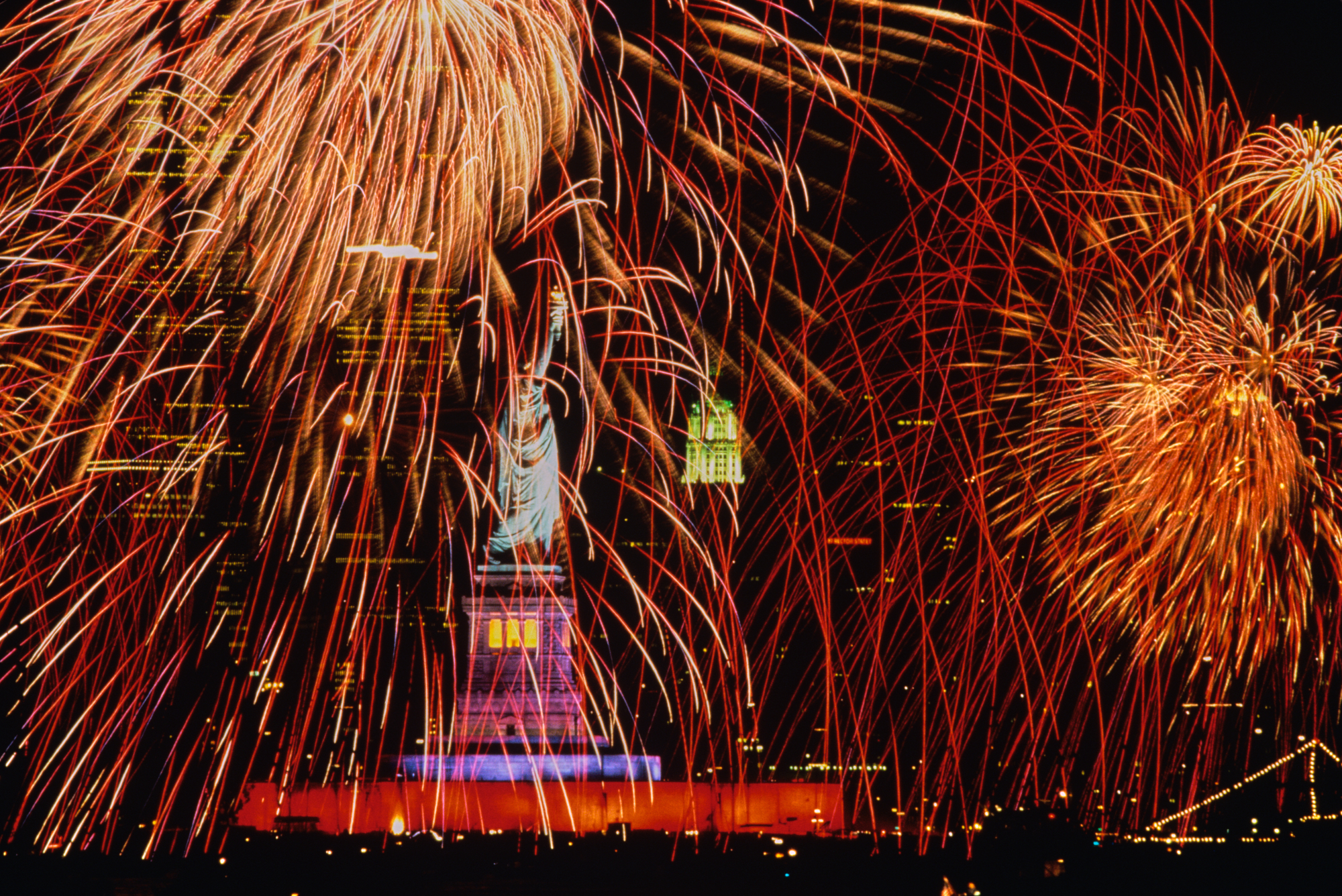
Other things to note: Don’t shoot all night with one exposure. (If you’re shooting bulbs, you probably won’t.) But this is an opportunity to stack shots and get as many frames as possible. Also, shoot right when the fireworks start! Fireworks can create a lot of smoke after a series of explosions, and if you’re right in the path of the smoke blowing toward your lens, you might think you’re in a war zone. So shoot right away and quickly.
Wishing you a wonderful and safe 4th of July! More tk…
Post Summer, July 4th and Fireworks appeared first on Photographer Joe McNally.
